This year Hungarians celebrate the 200th anniversary of the birth of Sándor Petőfi, and in the spirit of this, a series of cultural programs and events highlighting the poet has been launched across the country, including in Budapest. The Petőfi Literary Museum (PIM) has also scheduled the opening of a new permanent exhibition on one of the greatest figures of Hungarian literature for 2023.
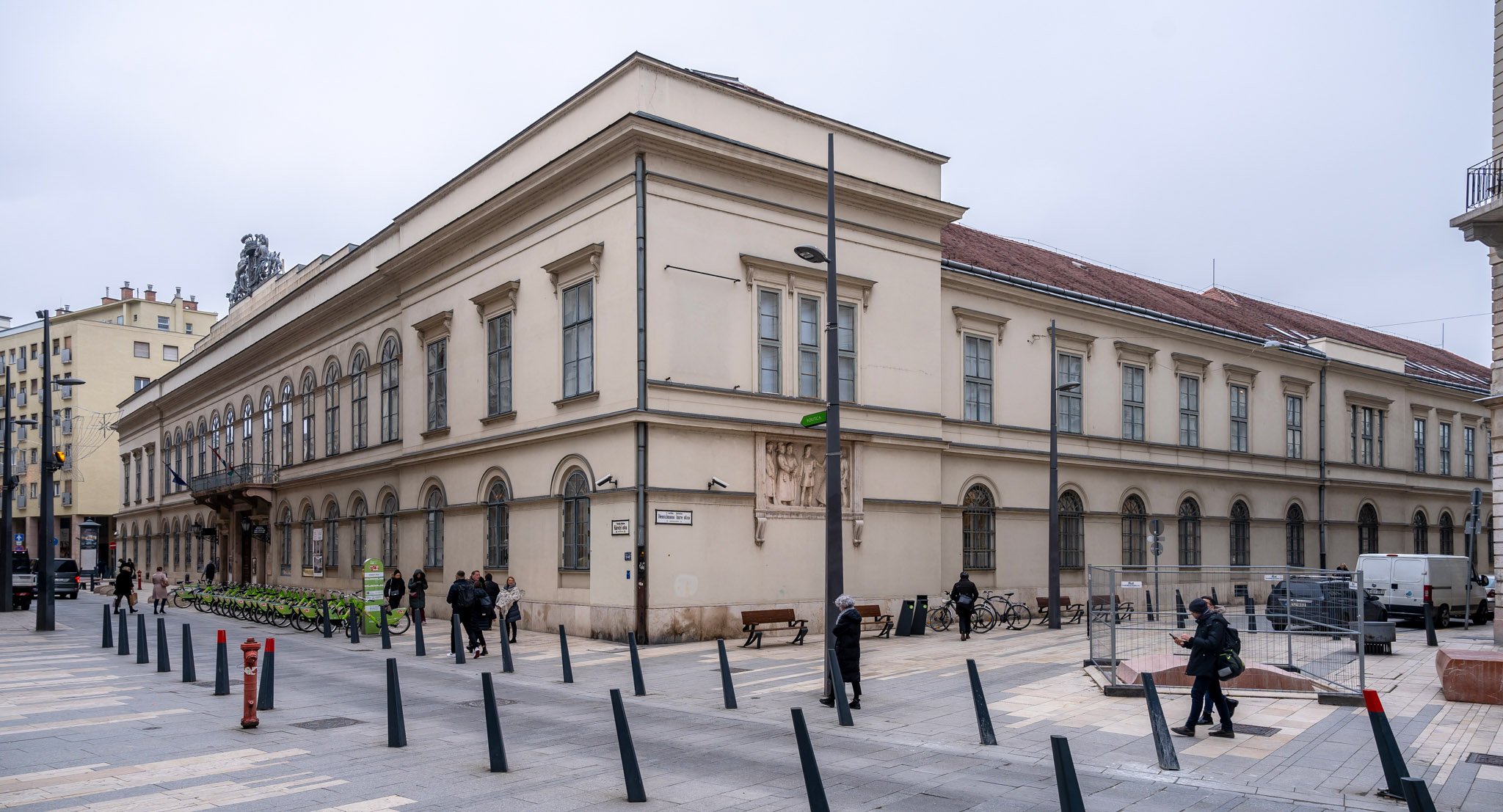
The interiors of the Károlyi Palace, home to the Petőfi Literary Museum, were recently renovated (Photo: Balázs Both/pestbuda.hu)
We all "know" one of our country's most defining poets: his life and several poems are school curriculum, every Hungarian knows something about him, everyone has an image of Sándor Petőfi. However, compared to his entire oeuvre, very few of his poems are truly well-known. In addition to the works learned at school, it is a much richer oeuvre: hundreds of his poems are recorded in Hungarian literary history, which is an exceptionally great achievement for a young man who lived only 26 years.
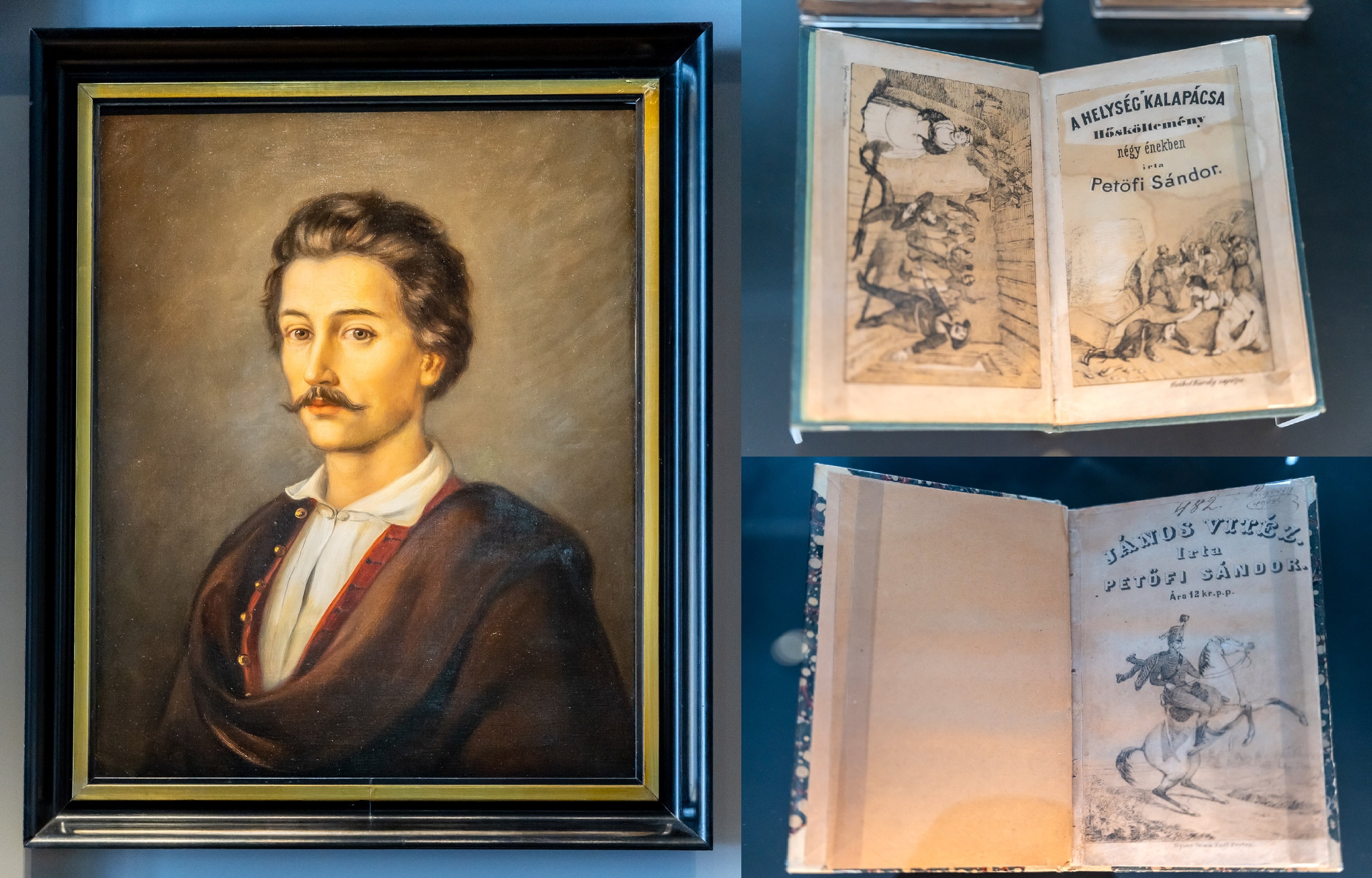
Several portraits and works of Sándor Petőfi can be seen in the new permanent exhibition (Photo: Balázs Both/pestbuda.hu)
It is also a rare phenomenon for an artist, a creator, to develop such a huge cult during their lifetimes as the one around Petőfi. He completely overturned the stagnant waters of Hungarian literary life, his poems were already widely known and sung (often without knowing the author's name) before he disappeared forever in the Battle of Segesvár in 1849.
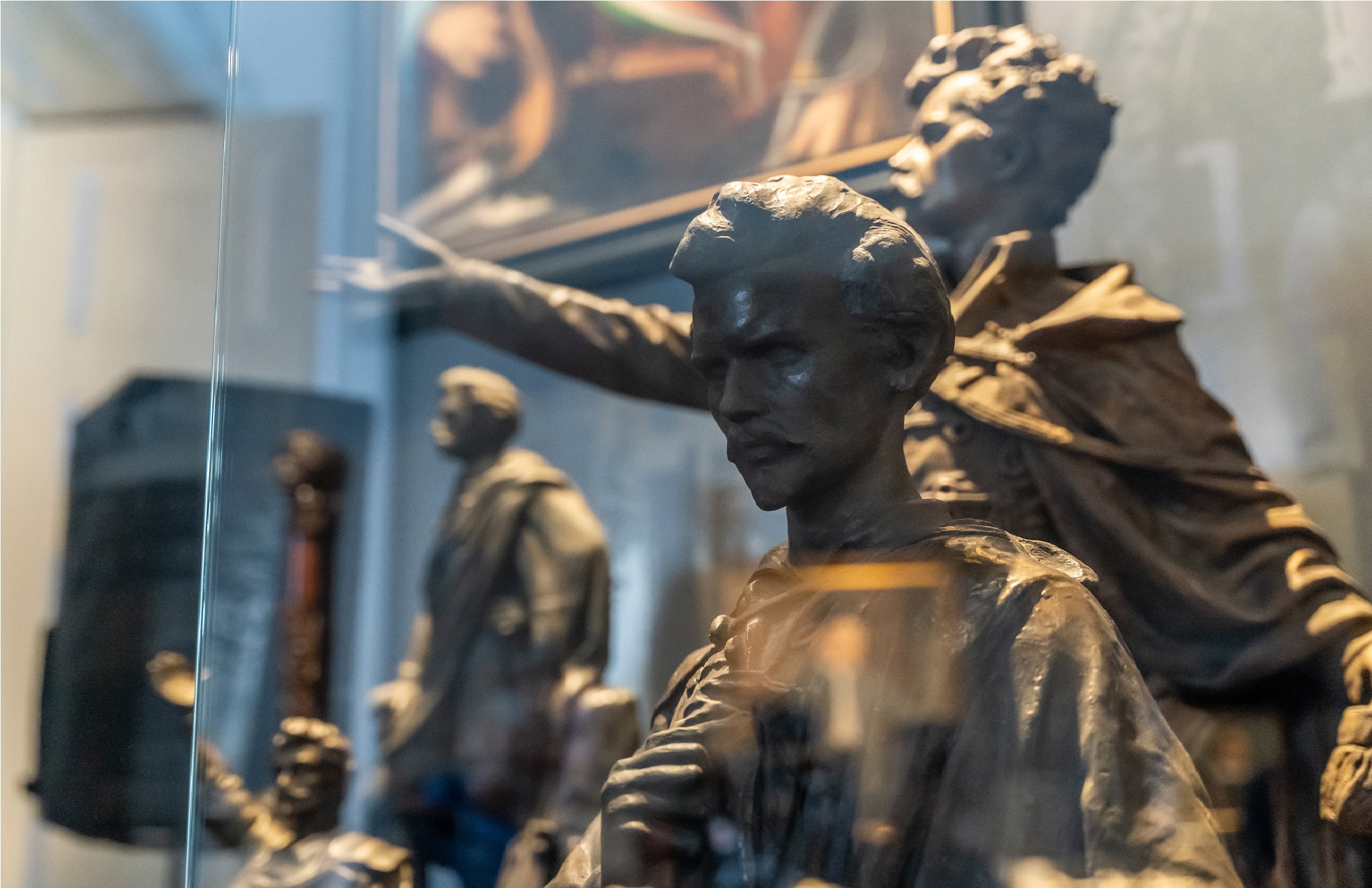
The evidence of the Petőfi cult is also the many sculptures, which depicted the poet in different ways (Photo: Balázs Both/pestbuda.hu)
The Petőfi Literary Museum's exhibition "Költő lenni vagy nem lenni" ["To be a poet or not to be"] opened to the public on 14 January. At the press conference a day earlier - in which Pestbuda also participated - the Director Szilárd Demeter thanked all the participants of the long work, and then the curators of the exhibition presented the details of the exhibition. Dr Zsuzsa Kalla, PIM's chief museologist, emphasised: it is an unusual challenge to present a 19th-century work to today's people, and this is especially true for Petőfi since due to his fame, we all have a fixed image of the poet, which is not easy to abstract from.
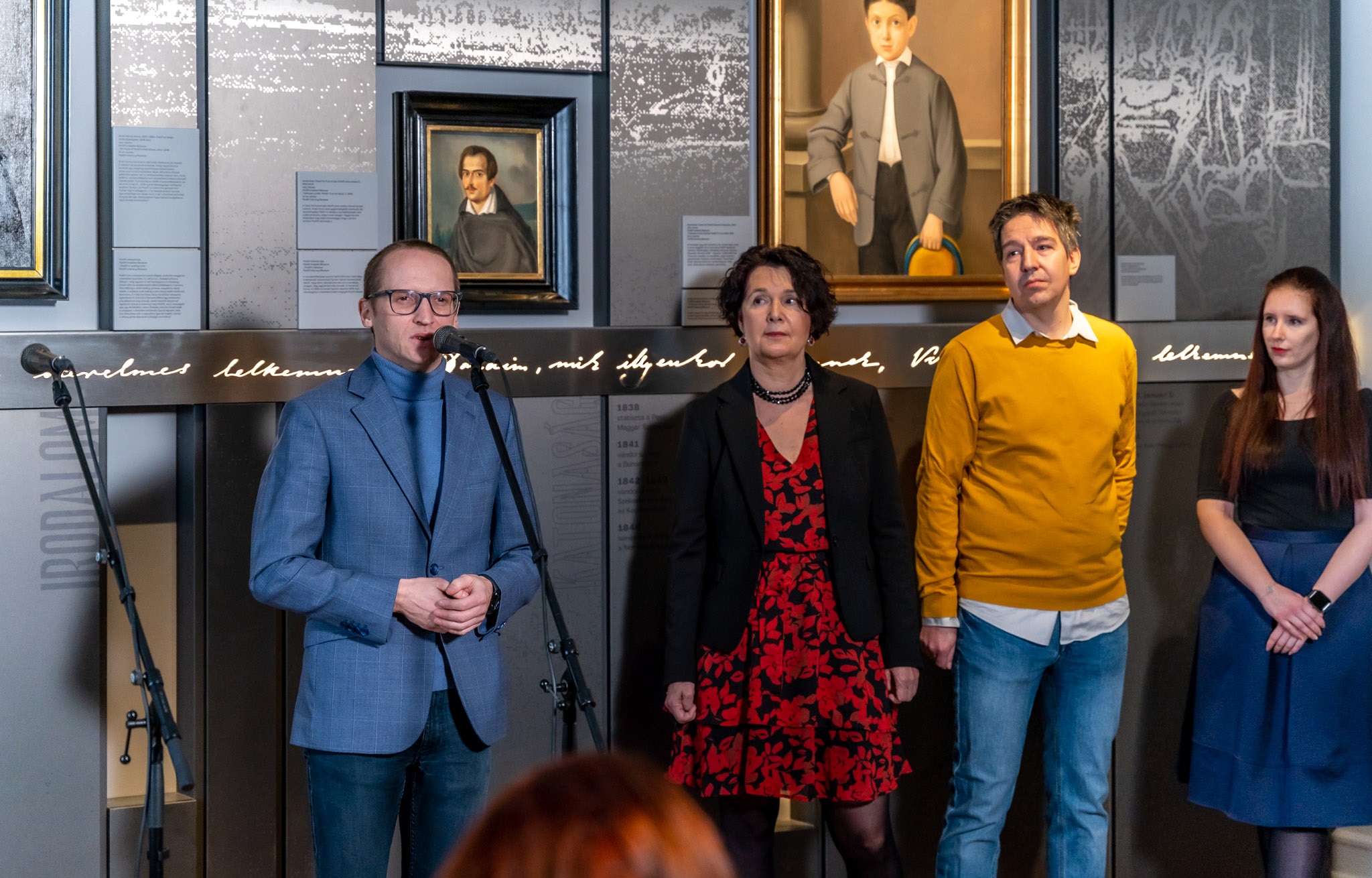
Director Szilárd Demeter's greeting at the press opening on 13 January. Next to him are the three curators of the exhibition: Dr Zsuzsa Kalla, D. Gábor Vaderna and Adrienn Prágai (Photo: Balázs Both/pestbuda.hu)
Literary historian Dr Gábor Vaderna emphasised the presence of the "known" and "unknown" Petőfi together, with the latter referring to the fact that the results of literary and cultural studies of the past 20-25 years were also included in the exhibition. Art historian Adrienn Prágai highlighted the connection and mutual influence of visual arts and literature: if the two are able to appear together in the exhibition spaces, it not only colours the exhibition but also offers the visitor many more interpretation possibilities. In the spirit of this, on the walls of the rooms, Petőfi quotes are accompanied by paintings from the 19th century, contemporary with the poet, and paintings from the end of the century.
The new permanent exhibition consists of seven exhibition spaces, the first of which, the Opening Hall, aims to focus on the so-called "familiar Petőfi": here visitors can read about his life and see original Petőfi manuscripts, which have now been exhibited in a permanent exhibition for the first time (they are very sensitive works of art, strict light and humidity conditions are required).
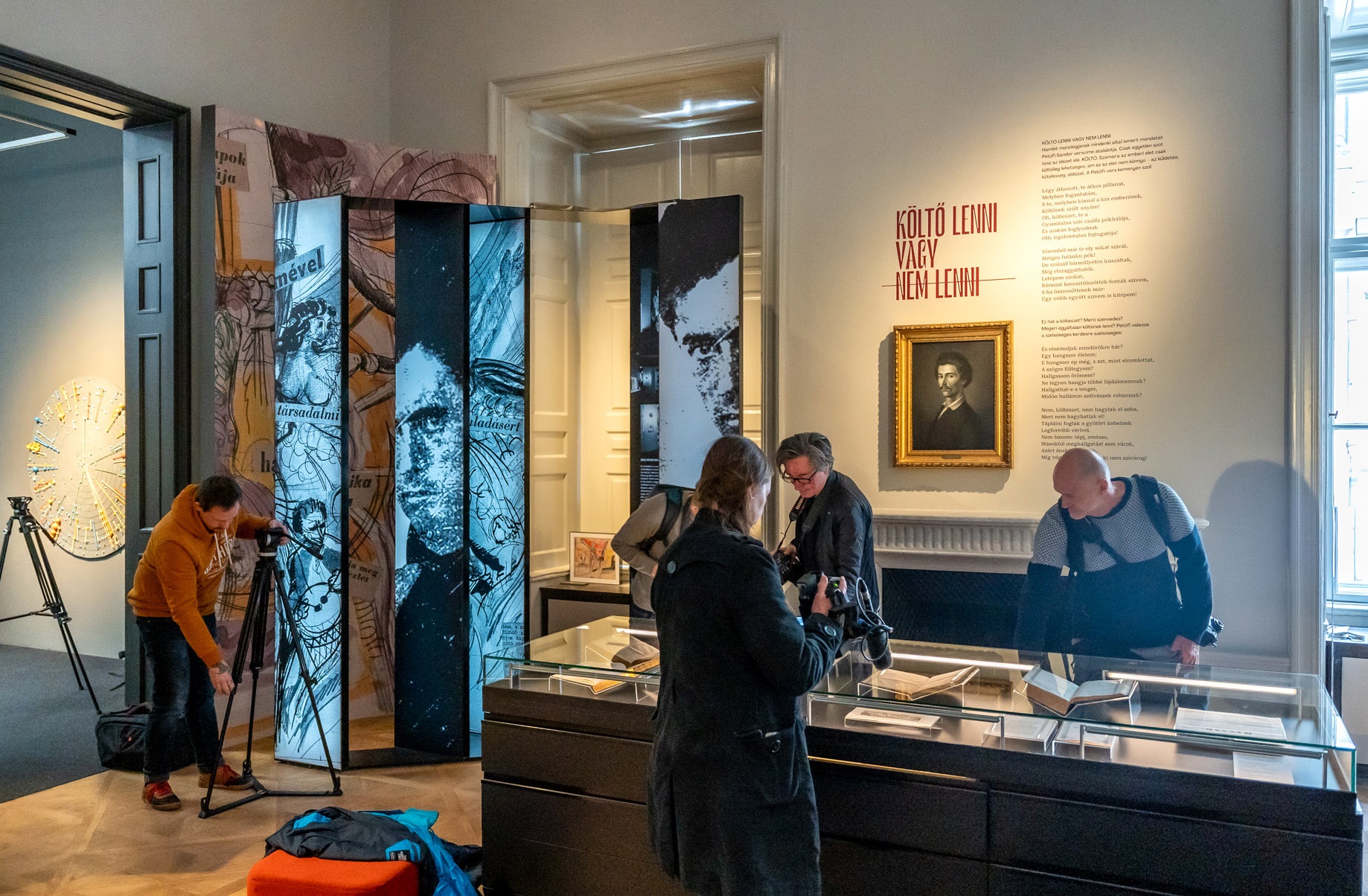
In the opening space, several of Petőfi's manuscripts are on permanent display for the first time (Photo: Balázs Both/pestbuda.hu)
The other six exhibition spaces are each built around a thematic node, which tries to answer the questions asked from the present with the help of Petőfi's oeuvre. The first such room was named Kötelék [Bond], which shows the poet's diverse social relationships: he had many personal acquaintances, and although many people loved him, even more hated and envied him.
„S azt gondolod tán: annyi a barátom // "And you think: I have as many friends
Mint fönn az égen a csillag? ha egy // as stars up in the sky? If one
Lehull közűlök, észre sem veszem? // of them falls down I do not even notice?
Hiszen tudod jól: mily kis számotok van // After all, you know very well: how few you are
Nektek, kik engem őszintén szerettek, // You, who love me sincerely,
Kik fönntartjátok szívem melegét.” // Who keep my heart warm."*
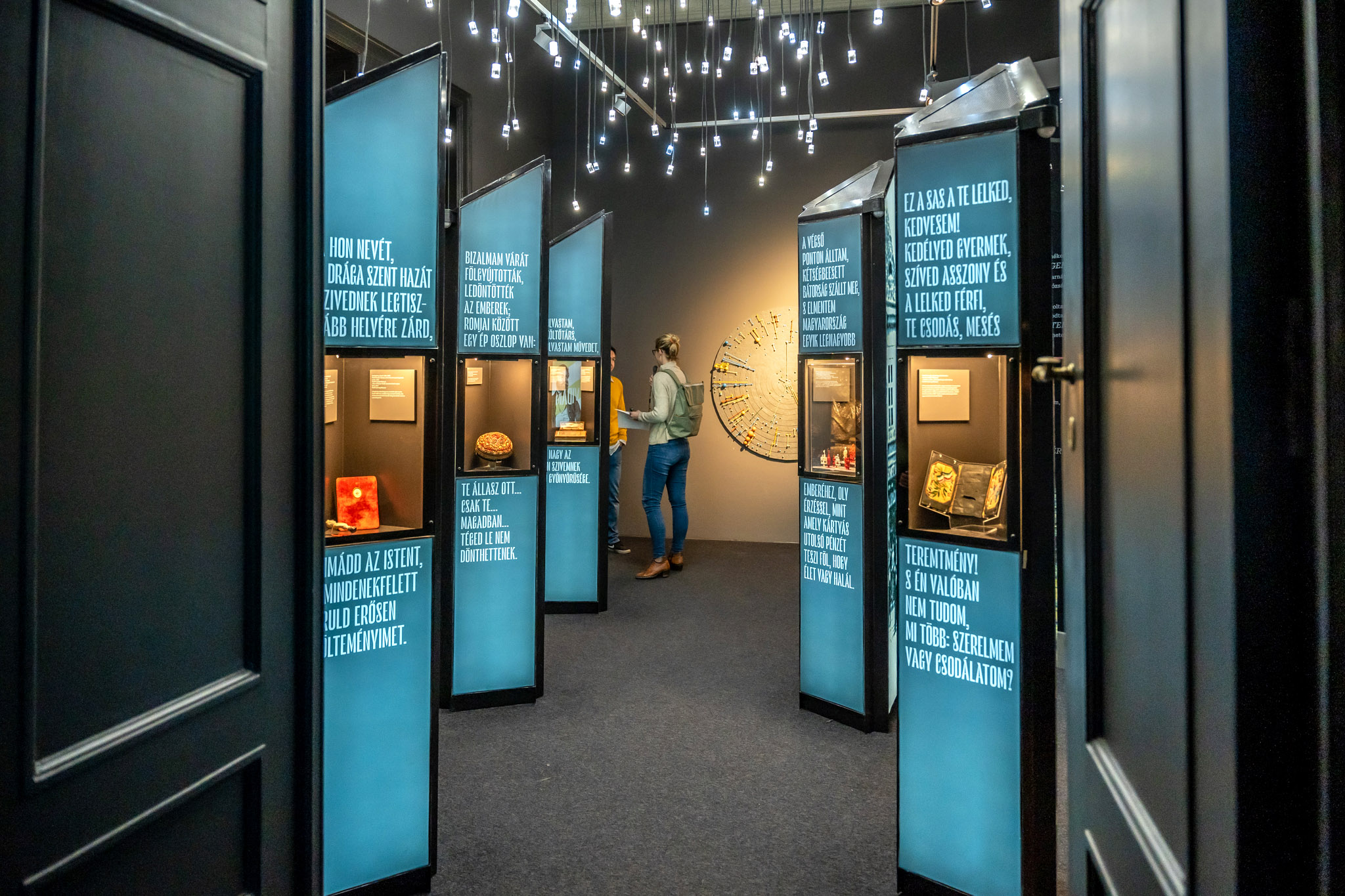
In the space called Kötelék, people can find objects such as a coffee spoon gifted to János Arany or a door piece signed jointly with Mihály Tompa from one of the rooms of the castle in Murány (Photo: Balázs Both/pestbuda.hu)
In the room named Róna [Plain], visitors can see Petőfi's landscape experiences: how he is connected to his first home, the Alföld [Great Hungarian Plain], the Tisza, the silence and tranquillity of the entire landscape.
„Oh természet, oh dicső természet! // "O nature, glorious nature! Who would dare
Mely nyelv merne versenyezni véled? // with reckless tongue to match your wondrous fare?
Mily nagy vagy te! mentül inkább hallgatsz, // How great you are! And the more still you grow,
Annál többet, annál szebbet mondasz.” // the lovelier are the things you have to show!”
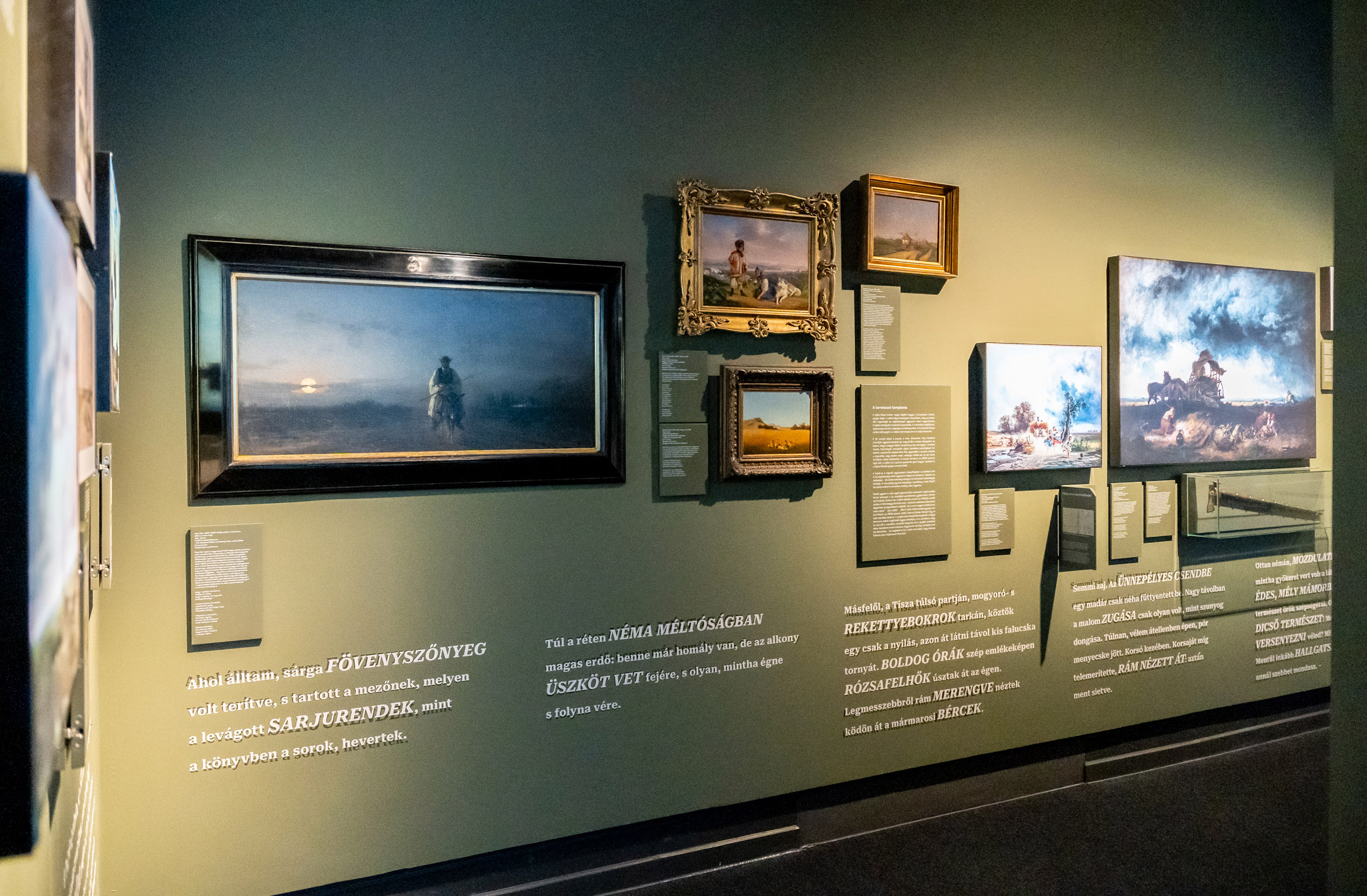
On the wall of the Róna room, Petőfi's words and his contemporary lowland landscapes are displayed together. The paintings in the exhibition include, for example, the works of Miklós Barabás and Viktor Madarász (Photo: Balázs Both/pestbuda.hu)
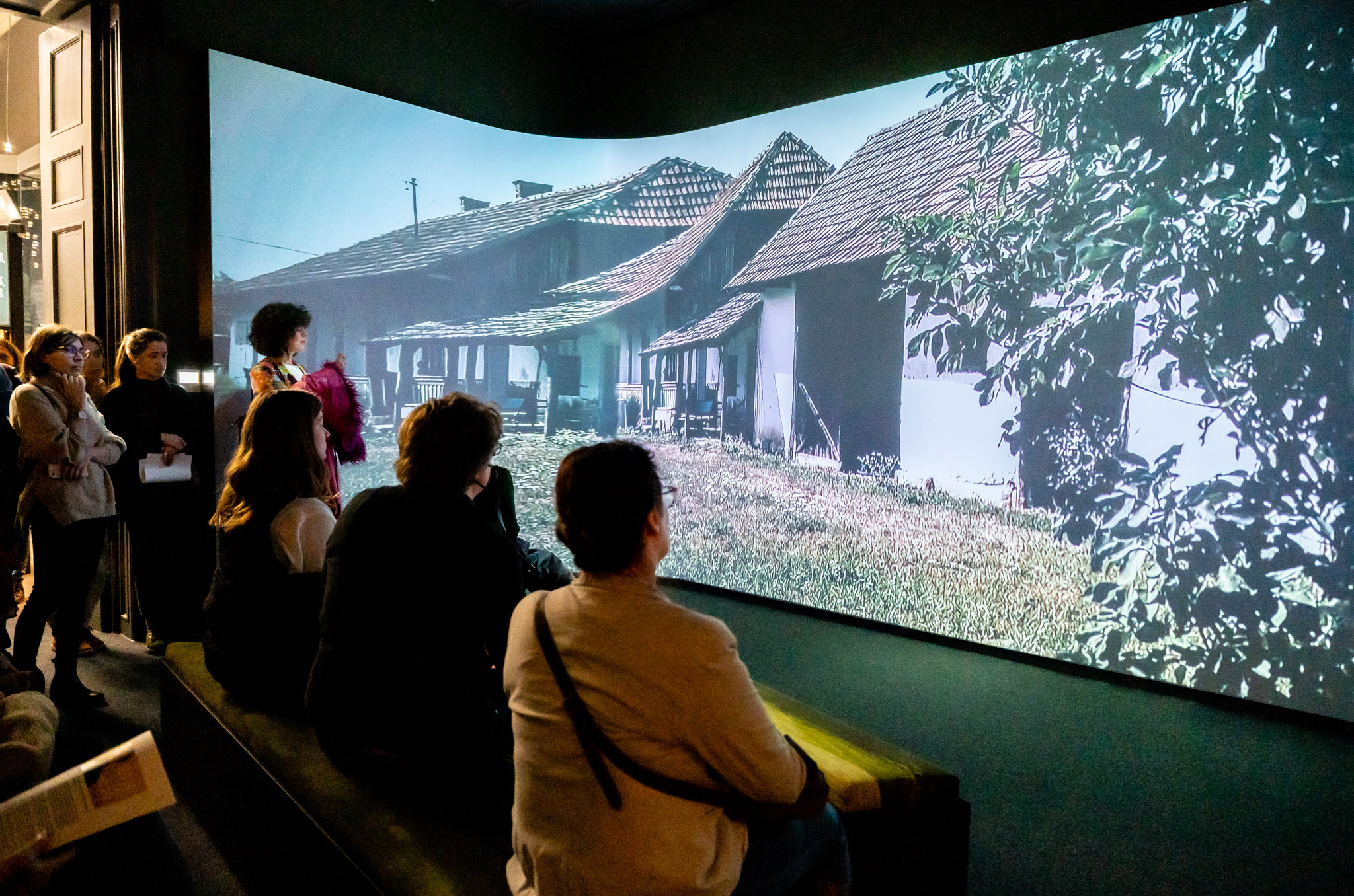
The images and excerpts of poems in the Róna room are accompanied by sound and video elements (Photo: Balázs Both/pestbuda.hu)
The eerily named Rémek [Spectres] exhibition space shows that romantic poetry has always been attracted to the depiction of mystical things, chills, the nature of death or doomsday. This was also true for Petőfi, despite his successes, pessimism and fear regularly returned in the poet's life, but he also saw the possibility of self-expression in these feelings.
„Mi szép, mi szép volt a halotti ágyon! // "How lovely, how lovely she rested there!
Mint hajnalban ha fényes hattyu száll, // Like swans at dawn when soaring the air,
Mint tiszta hó a téli rózsaszálon: // Like the snow on rose stem in winter:
Lengett fölötte a fehér halál.” // Floated the white death above her.”*
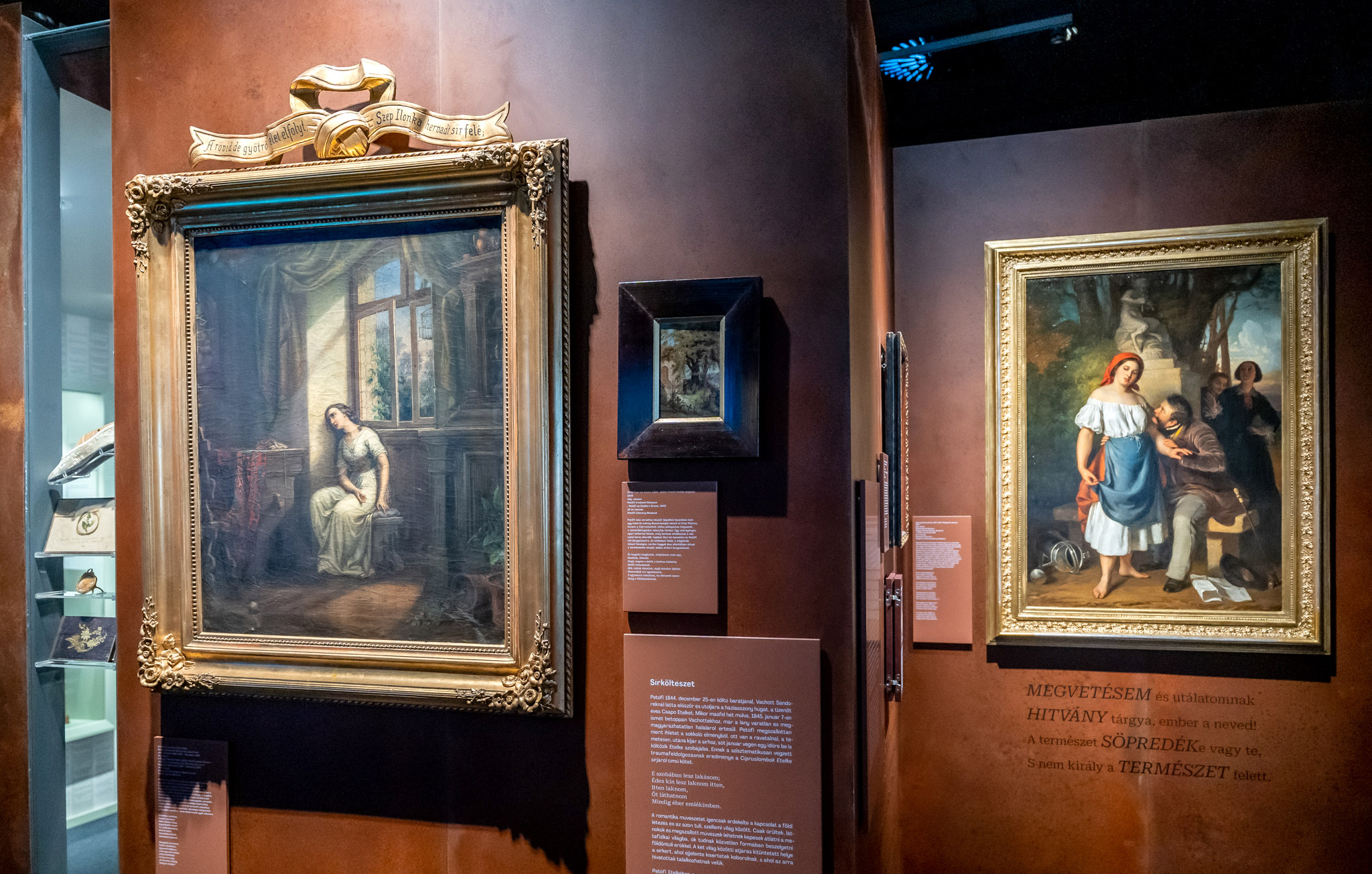
Among the themes of the Rémek room is the relationship between earthly life and the spiritual afterlife or human infidelity (Photo: Balázs Both/pestbuda.hu)
In the Otthon [Home] section, people can meet one of the most important parts of Petőfi's oeuvre, genre poetry: how the simple things and moments of our everyday life can be shaped into art and described poetically. Petőfi also draws from two almost opposite areas: first from the rural, village world that is his home, and later from the bourgeois milieu of Pest.
„Még ugy csak megjárja, ha az ég // "It happens that if the sky is
Fellegetlen, holdas, tisztakék. // cloudless, lunar, pure blue.
Ablakomra rákönyökölök, // I lean on my window
Hosszú szárból sűrűn füstölök, // I smoke thickly from a long pipe,
S elmerengek majdnem reggelig... // And I will be absent-minded until almost morning...
Nekem ebben nagy kedvem telik.” // I enjoy it a lot."*
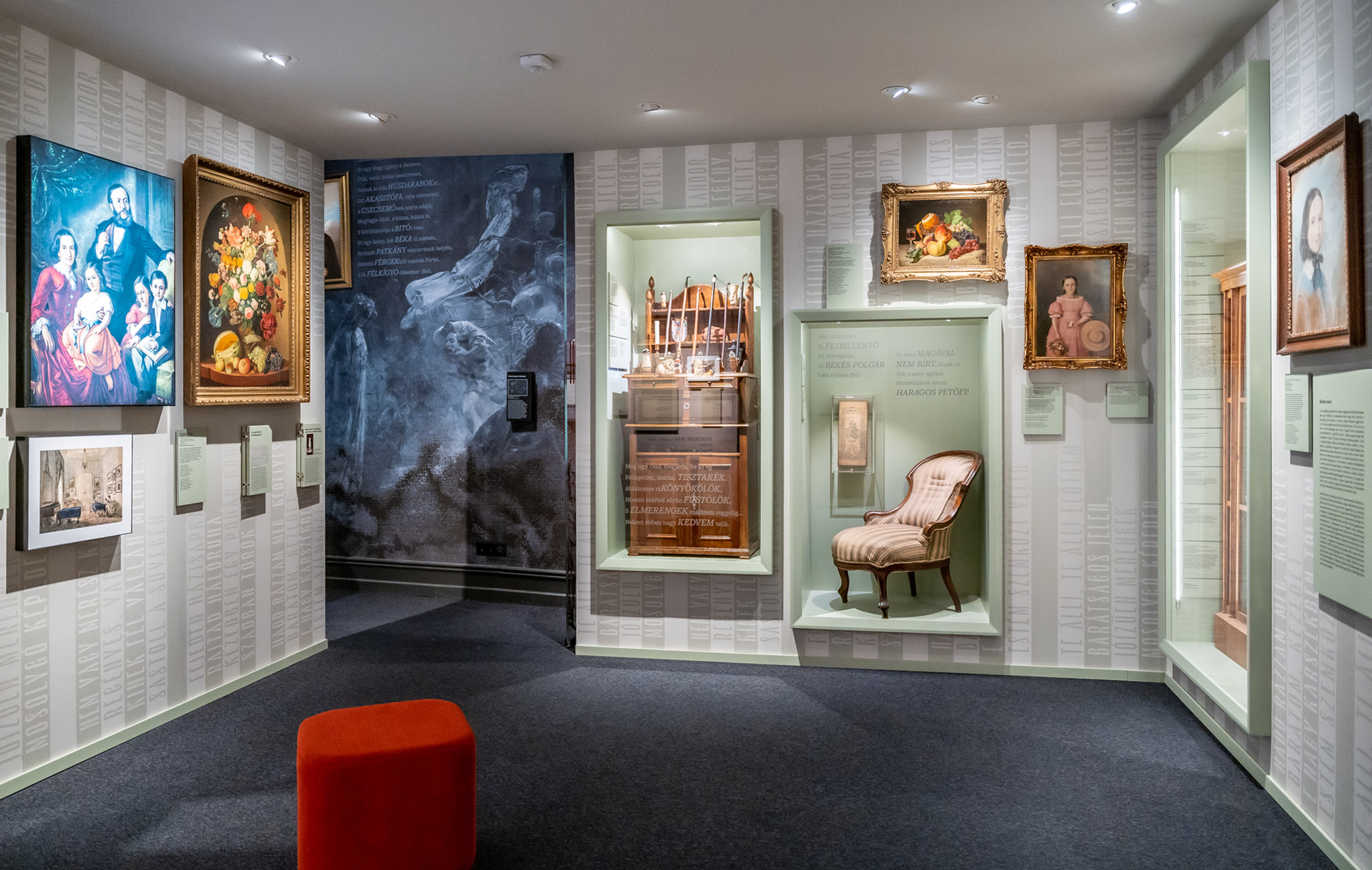
In the exhibition space called Otthon [Home], visitors can also find still lifes and contemporary pieces of furniture (photo: Balázs Both/pestbuda.hu)
The next exhibition space was titled Áldozat [Sacrifice/Victim]: he can become a victim, but he can also make a sacrifice - both are constantly present in the poet's life. He knew that sacrifice for the community was both a burden and a duty.
„Legyen olyan minden ember, mintha // "Let all men be as if
Zrínyi Miklós unokája volna, // He would be the grandson of Miklós Zrínyi,
Harcoljon ugy minden ember, mintha // Let every man fight, as if
Egyedül rá támaszkodnék honja!” // His homeland would rely on him alone!”*
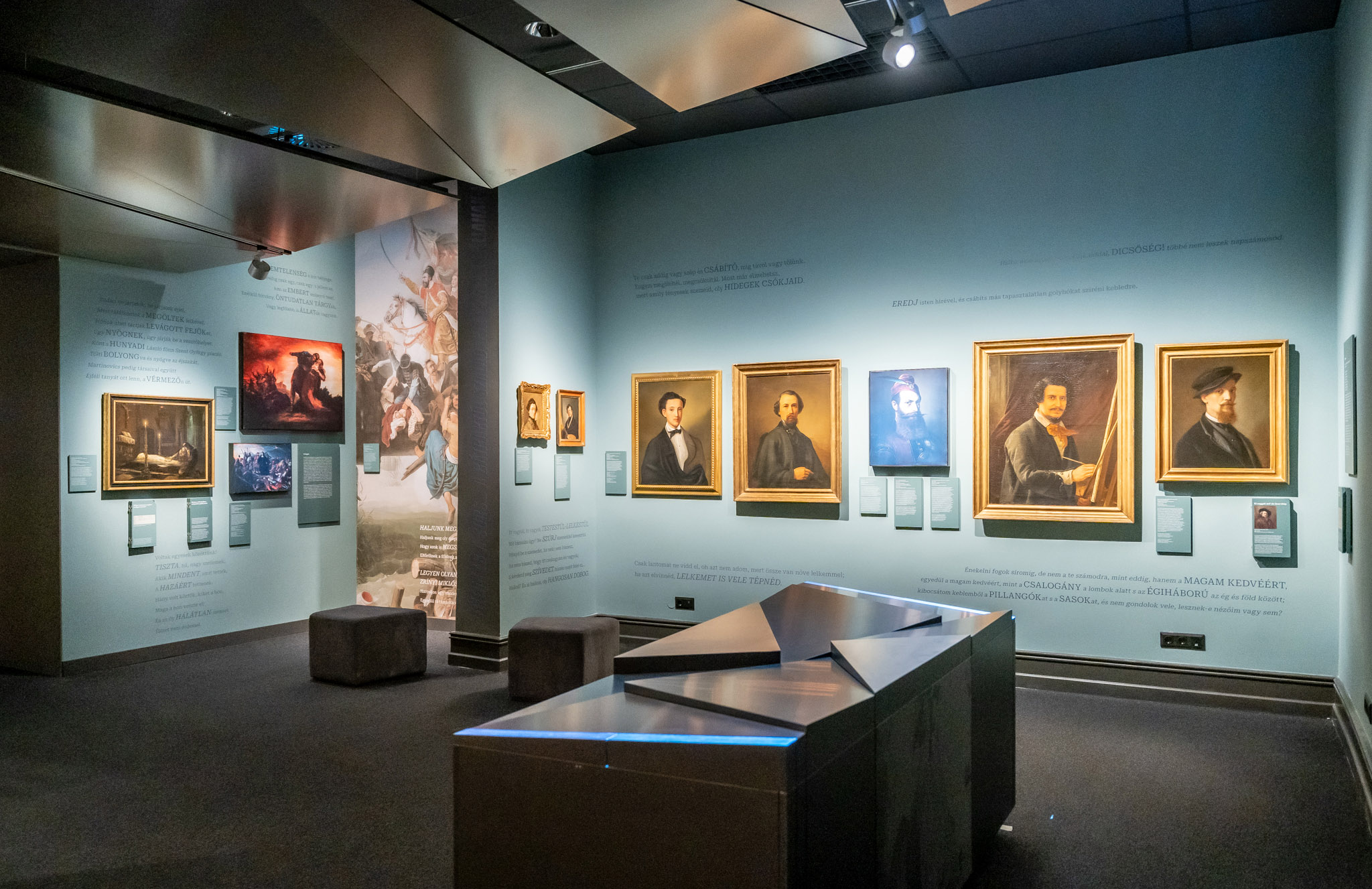
Part of the Áldozat exhibition space. Petőfi's public activities and militant stance are already visible here (Photo: Balázs Both/pestbuda.hu)
The last room is called Erő [Strength], which resonates with the last years of the poet's life: Petőfi came to the fore in a specific historical situation, turned his principles into actions, but got involved in a situation where he and his comrades had to recognise: a revolution always involves violence, and not everything can happen as they imagined on 15 March.
"There may be lutes and quills more beautiful and grand than mine, but there are none more immaculate, for I have never lent a note of my lute, not a stroke of my quill to anyone; I sang and wrote what the god of my soul prompted, and the god of my soul is freedom.”
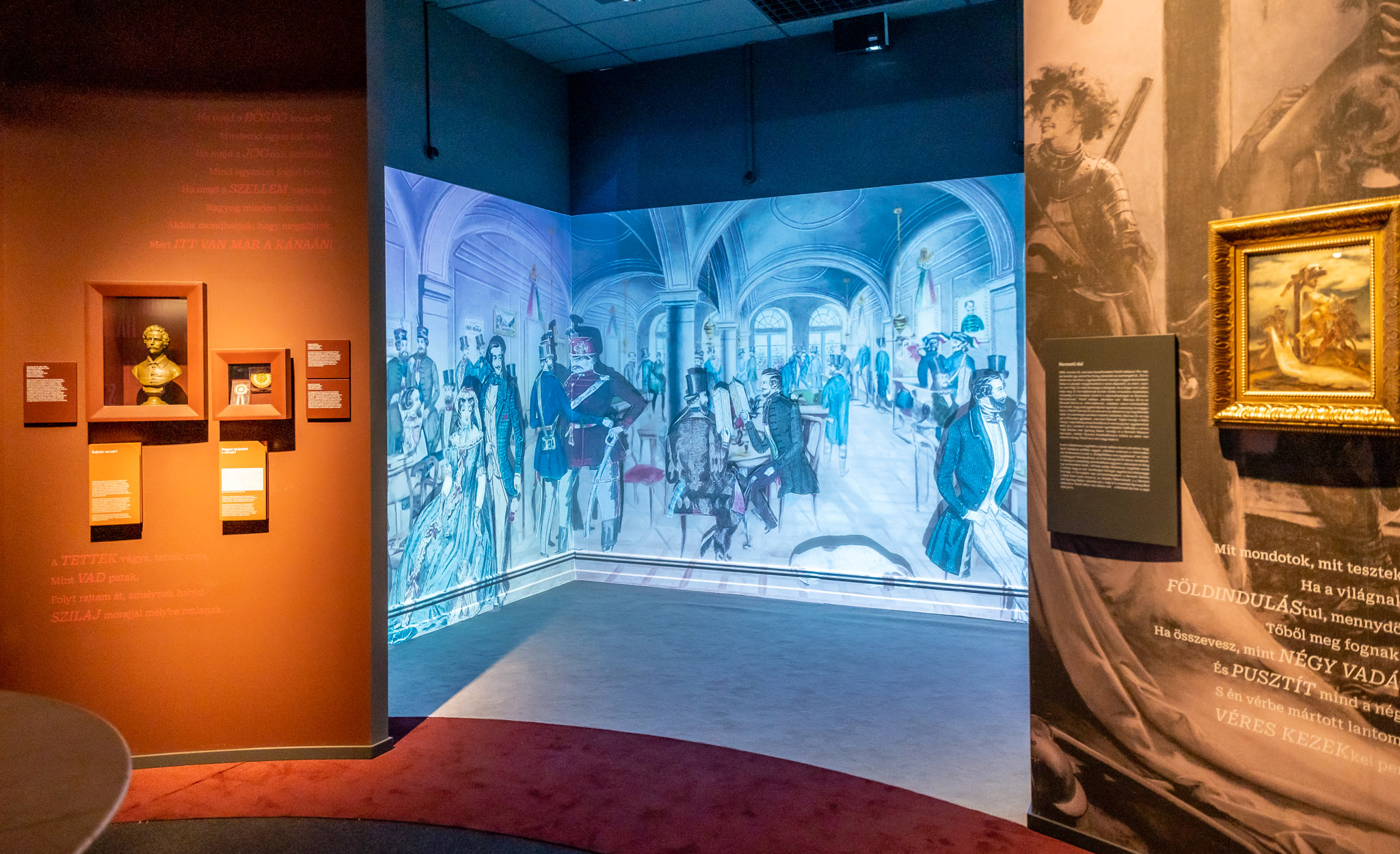
In the Erő exhibition space, people can find an interactive data display interface as well as Mór Jókai's cockade (Photo: Balázs Both/pestbuda.hu)
Finally, the exit of the permanent exhibition leads to a temporary exhibition, in which we can get acquainted with the previous exhibition tradition of the Petőfi Literary Museum, primarily concerning the avant-garde art of the second half of the 20th century.
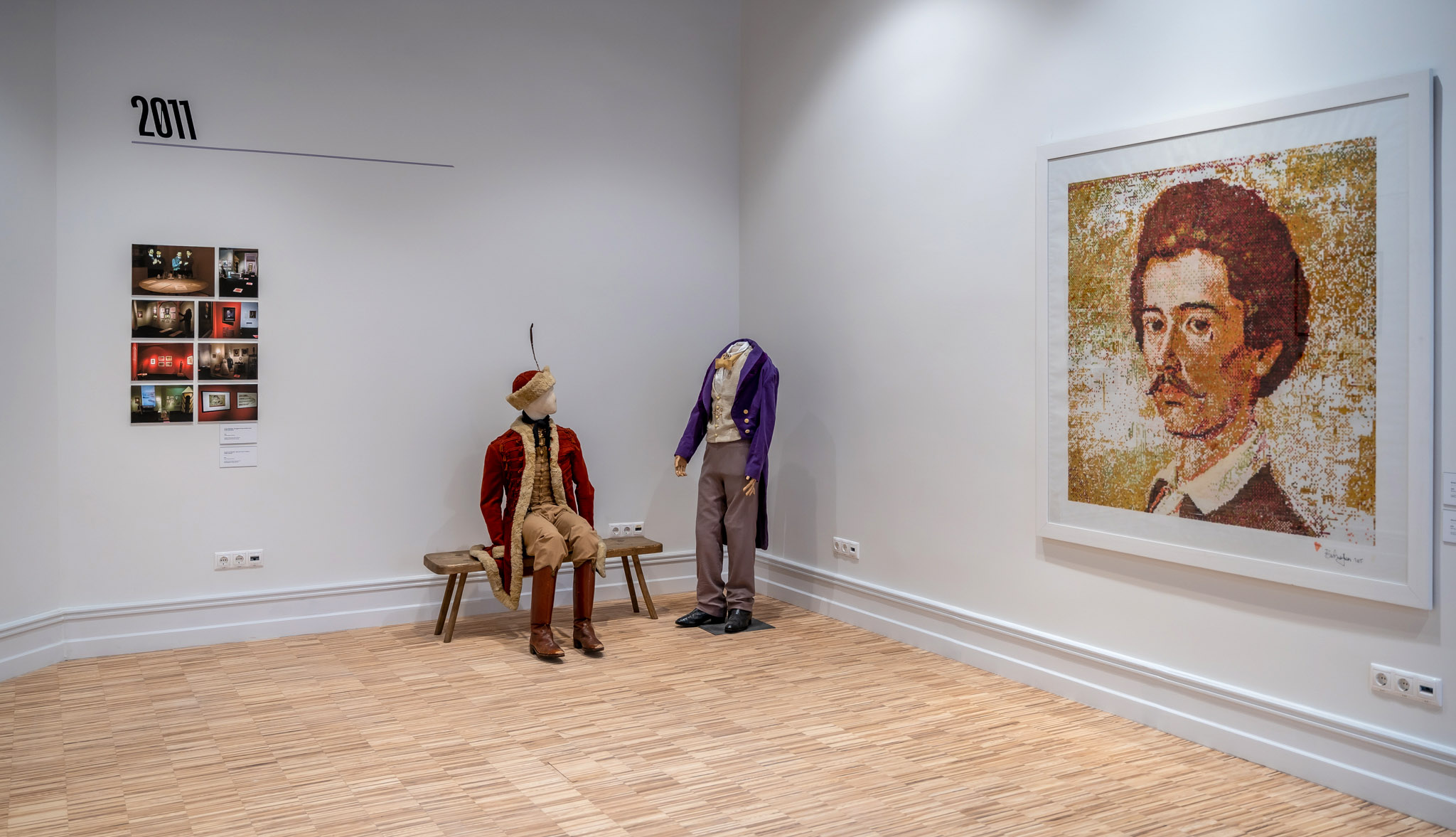
Part of the temporary exhibition space, which also has a different atmosphere (Photo: Balázs Both/pestbuda.hu)
The exhibition "Költő lenni vagy nem lenni" is a modern and meaningful exhibition, which is a special discovery trip for all Petőfi fans and lovers of classic fiction.
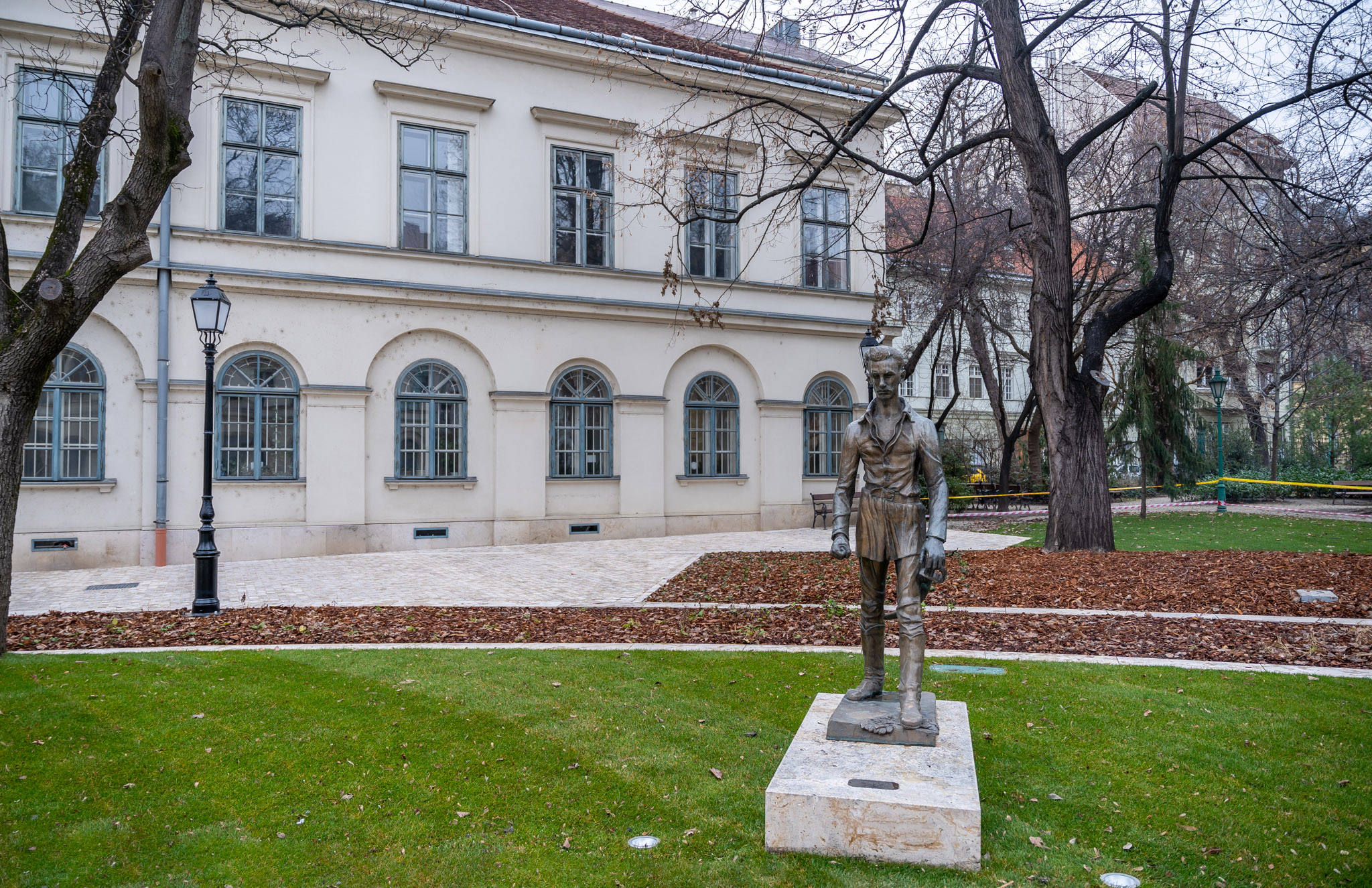
Part of the backyard of the Petőfi Literary Museum, which (after a long time) would be opened together with the Károlyi Garden (photo: Balázs Both/pestbuda.hu)
The exhibition can be viewed in the Károlyi Palace, home to the Petőfi Literary Museum, at 16 Károlyi Street, 5th District, in the renovated spaces of the building.
Cover photo: Sculptures made of Petőfi in the opening space of the exhibition "Költő lenni vagy nem lenni" (Photo: Balázs Both/pestbuda.hu)
*The poem excerpts in the article are unofficial, free-form translations.

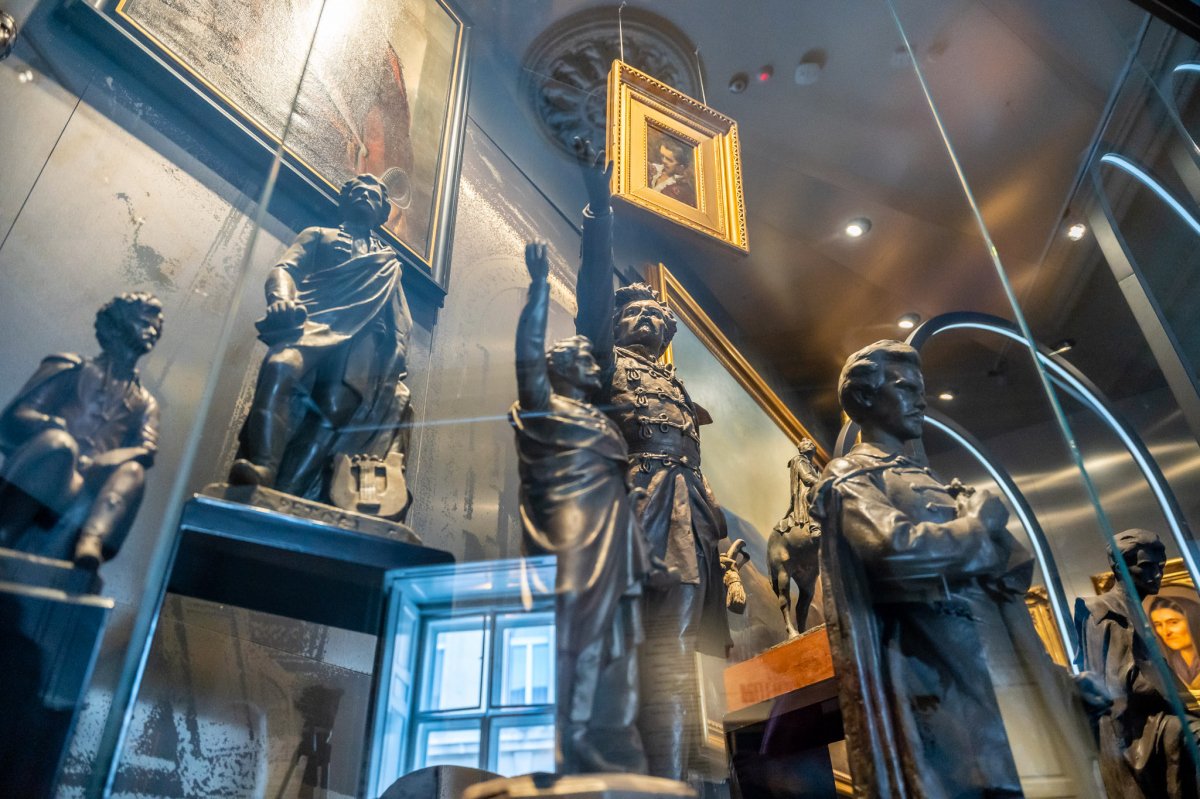


































Hozzászólások
Log in or register to comment!
Login Registration